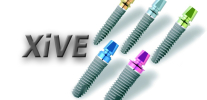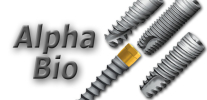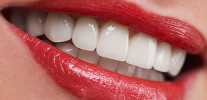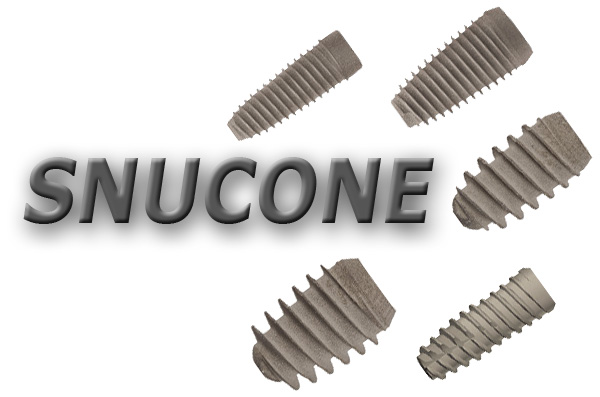
Korean dental implants Snucone (Snucone) appeared on the Russian market relatively recently - they are positioned as products of the average price category, and today continue to gain popularity among implantologists who work with them and among patients with whom these implants are installed.
However, for an unprepared person to objectively assess the quality of these products and the advisability of choosing in its favor is not such an easy task. The implant system Snucone has been used in Russia for only about 5 years, and therefore a large number of reviews about it have not yet accumulated, and it may not be immediately clear what lies behind advertising formulations and complex terms in various Internet reviews and descriptions.
Is it possible in this case for a relatively low price, you can put an implant, which in terms of survival rate and durability will not yield to expensive designs?premium categories? And is it worth trusting a doctor if he offers Snucone as the best option, while telling us that with these implants you can get “German quality at affordable prices”?
Let's understand ...
General characteristics of products under the brand Snucone
Snukon implants are manufactured by the South Korean company SNUCONE Co. Ltd. technology acquired in 2005 from the German company Cone. At the same time, the companies signed an agreement on cooperation in the use of technology and joint product development.
On a note
Simply put, Snucone not only bought the technology, but also conducts subsequent developments in cooperation with the German technology center. Therefore, it is really possible to say about Snukon implants that this is a German product, produced in South Korea.

Already here lies the answer to the question of why high dental technologies implemented in Snucone products are relatively inexpensive. Significantly reduce the cost of the final product created by these technologies, it was possible due to the lower cost of production in Korea.
As noted above, Snookon implants are positioned as products of the middle price category. For comparison: prices for the installation of a single unit of Snucone in clinics today start from about 15,000 rubles (including anesthesia, implant installation, X-rays, stitching). The cost, for example, of installing an AstraTech implant (Sweden), Straumann (Switzerland) or Nobel Biocare (USA) will be about 2-3 times higher.
From a practical point of view, it is useful to keep in mind that products under the Snucone brand on the Russian market are just beginning their way, and not every city dental blades can offer it.
Implant design features
It is important to understand that it is the combination of design solutions and technological developments that turns a seemingly ordinary metal screw into a high-tech product, characterized by a minimal risk of rejection and long service life. Let's see what technologies are implemented in Snukon implants and what exactly they give to the patient.
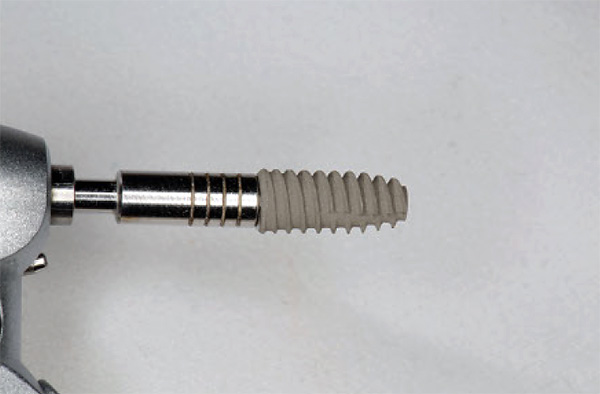
All Snookon implants are made from titanium, the content of impurities in which bone material can significantly depend on the content of impurities.And although the promotional materials focus on the fact that carbon, nitrogen and oxygen content in the metal is strictly controlled in all the batches, in fact, a slightly different point attracts more attention.
Namely - the company Snukon, in 1997 having the name Jin Heung dental Industrial Inc., itself is engaged in the production of dental alloys. I.e:
- Currently, the company has accumulated more than 20 years of experience in this area;
- and what is very important - the company has the ability to control all stages of production - from the quality of raw materials to the quality of the final product.
Such an integrated approach can be found in some of the leading manufacturers of dental implants (Nobel Biocare, for example).
As for the implemented technologies, the following points can be noted here:
- The implant surface is microporous (the so-called SLA-surface, from the English. "Sand-blasted, Large grit, Acid-etched," that is, obtained by coarse sand blasting followed by acid etching). The bottom line is that the porous surface of the product significantly improves its biocompatibility and speeds up the integration process of bone tissue and implant (osteointegration process).However, it cannot be said that this is some kind of unique technology, since almost all modern classical implants of different brands have a porous structure from the surface;
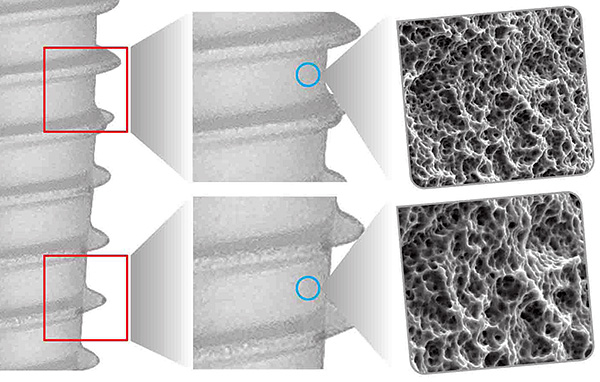
- The microdesign of any dental implant today is the result of a huge amount of research and clinical trials - and Snookon implants are no exception. The double self-tapping thread facilitates and speeds up (approximately 2 times) the installation of the implant, while ensuring reliable primary fixation with minimal bone injury (the product will not initially stagger in the hole, but will be securely retained in it). In addition, a square-shaped thread reduces stress on the bone;
- The extended internal Morse cone, due to which the hermetic closure of the implant shaft is ensured. This allows you to protect the shaft from the ingress of pathogenic microorganisms into it and to reduce the resorption (resorption) of the marginal bone at the top of the implant. For the patient, the use of this technology is also important for the reason that the installed implant will not provoke the appearance of bad breathas it sometimes happens with implants of some other brands;
- Implants can be placed subcrestally (i.e., completely “sunk” in the bone, below the level of the mucous membrane), which helps to prevent resorption of the edges of the bone. The same is achieved due to the so-called switchable platform, due to which the distance from the implant to the abutment increases the distance from it to the bone, which slows down the process of resorption;
- Lindemann cutter in a surgical set speeds up the drilling of a dense bone without overheating it. It is clear that for many patients it is even scary to think about how they will drill their jaw bone - so, the presence of this cutter allows you to make this unpleasant procedure as fast as possible and avoid tissue necrosis due to excessive overheating;
- A special torque wrench allows you to accurately set the twisting force when installing the implant and thus avoid injury to the bone (that is, there will be no situation that the implant will be too weakly twisted or, conversely, twisted with such an effort that the bone will be overly pressed with thread)
... and some other technologies.
It is useful to keep in mind that although all modern implants are, in general, similar to each other and do not differ in something revolutionary, but it is the totality of the set of technological solutions implemented in a particular product, for example, that implants of some brands take root. with a probability of 97%, and some others - 93%. It would seem that the difference is small. But in fact, it is significant, and the risk of product rejection in the second case will be 2 times higher.
On a note
According to the Department of Surgical Dentistry and Oral and Maxillofacial Surgery, Chungnam National University Hospital (South Korea), in a sample of 176 installed Snucone implants, the survival rate of products for 5 years was 96.6%. In this case, 122 implants were installed for men and 54 for women.
These figures are close to those for premium grade dental implants.
The main advantages and disadvantages of Snookon implants
The above-mentioned technologies implemented in Snukon implants can be attributed to their merits - the very fact of their presence is a big plus, bringing the products closer to the level of advanced brands. This is also of great importance for the implantologist - the implantation system, thought out to the smallest detail, makes it possible to install implants faster, safer and more reliablethan if some of the technology was not implemented.
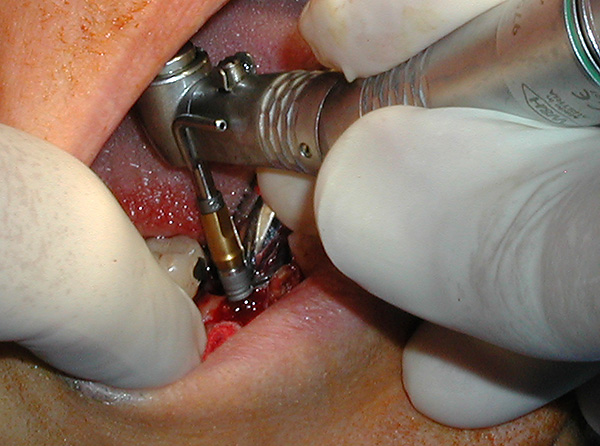
On a note
Dental implantation is a complete surgical operation, and it is difficult to say that some nuance of the implant system is a trifle. Here, for example, color coding ampoules with snookon implants - reduces the likelihood of error when choosing a product with suitable dimensions and characteristics. It seems to be a trifle - but if it were not for the color coding, the doctor would spend additional time on checking the conformity of the instruments and implant used, plus the risk of medical error would increase.
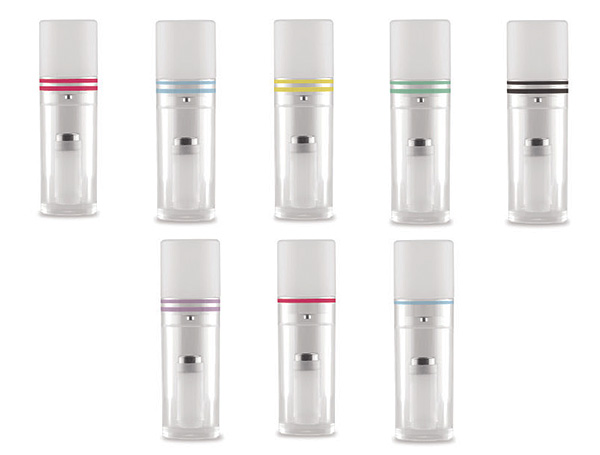
If you highlight the main thing, then the advantages of Snukon implants include:
- A high percentage of survival rate (more on this will be discussed below);
- High quality, including in "trifles";
- The possibility of use in a wide variety of clinical cases;
- Relatively low price.
Now a few words about the shortcomings of snookon implants.
First of all, it is limited statistics on the use of implants. If the products of leading brands in the field of dental implantation have been used for several decades, the experience with using Snucone implants has been limited to about 10 years in general.
The second important point is the experience of Russian doctors with Snucon implants is small, and today there are not so many clinics in large cities that indicate them in their price lists. So, finding the right specialist in a small town can be a problem.
It is obvious that the significance of these shortcomings will decrease with the spread of the Snukon implant system in the domestic market and the doctors gain experience in working with it.
Implant system capabilities
All implants in the Snucone catalog are divided into several series.
Abiding Fixture Plus I (AF + I) are used for implantation in bone tissue of the soft type D3 and D4. Narrow models AF + I 3,5 and AF + I 4,0 are used for splitting the alveolar crest (for prosthetics of the front teeth):
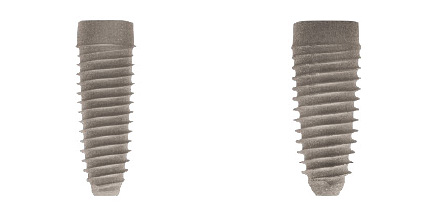
The wider models with more aggressive AF + I 5.3, AF + I 5.8, AF + I 6.3 and AF + I 6.8 threads are designed for immediate implantation in the area of the molars:
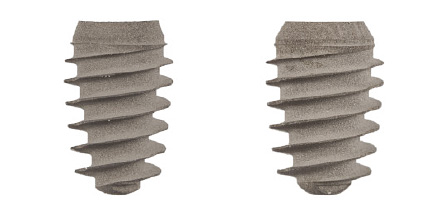
Abiding Fixture Plus II (AF + II) are intended for installation in dense and medium dense bone types D1 and D2:
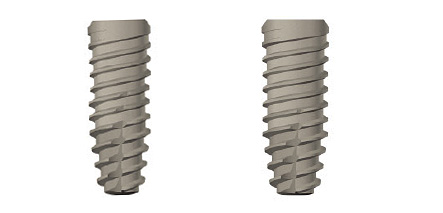
Thanks to this assortment, the doctor manages to choose the optimal type of implant for each clinical case.
In general, dental prosthetics on snookon implants can be performed according to two schemes (protocols):
- According to the protocol of two-stage implantation - the tooth is first removed, then within a few months the well heals, after which implantation is performed;
- According to the protocol of one-stage implantation - the implant in this case is installed immediately in the fresh hole of the newly extracted tooth root (not applicable in all clinical cases). Tooth extraction in such a case should be carried out as carefully as possible with the least damage to the bone walls of the hole and gum.
Now let's see how all this may look like in practice - hereinafter, as an example, a clinical case of prosthetics of the front tooth on a Snucone implant is given.
This is the initial situation: the coronal part of the tooth is almost broken at the root:
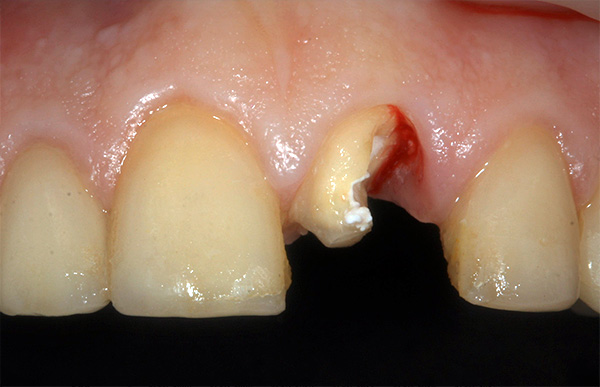
The most non-traumatic root removal is performed with preservation of the gums and the bony walls of the hole:
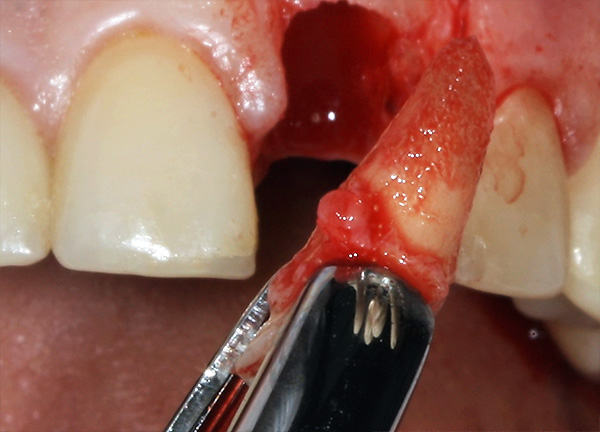
Then the gingival flap is cut and folded, an implant is inserted into the well, and granulated bone material is inserted for bone regeneration:
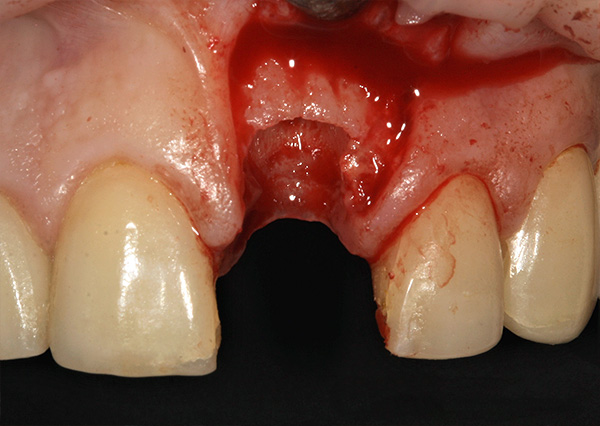
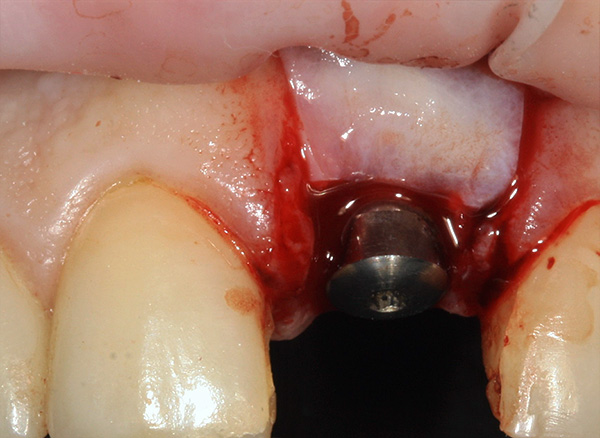
Then the gingival flap returns to the place, and is fixed with a suture:

This is how an individual abutment made of zirconia mounted on an implant looks like:
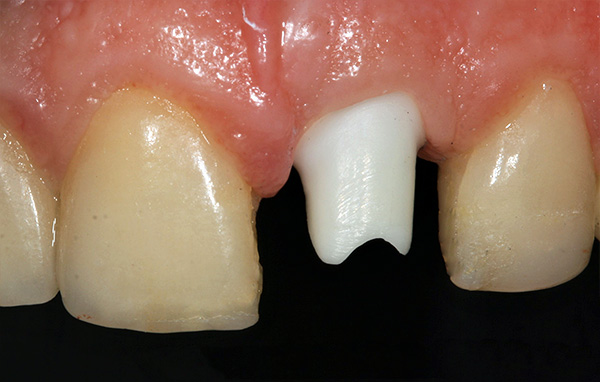
The final result of prosthetics using an all-ceramic crown:
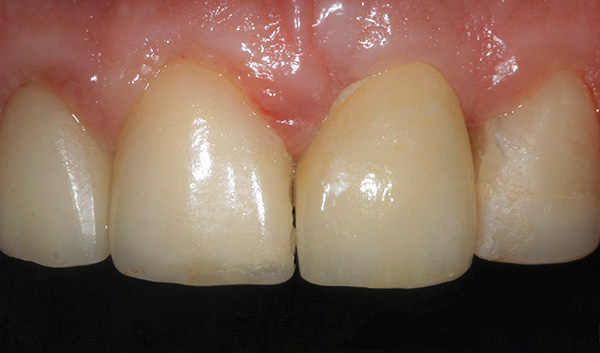
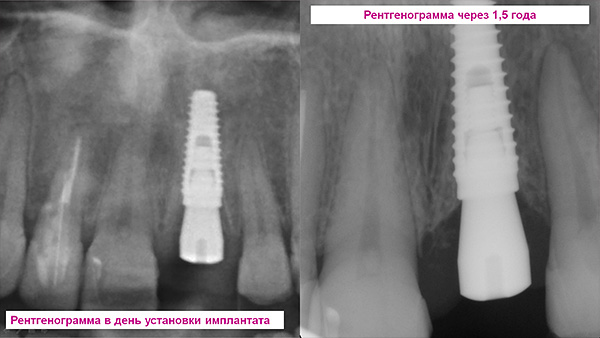
Engraftment of implants and their service life
Snookon implant survival statistics is known only from the results of studies conducted in South Korea. As mentioned above, according to the results of one of these studies, the survival rate of implants was 96.6% (more precisely, 98.1% in the upper jaw and 94.3% in the lower jaw).
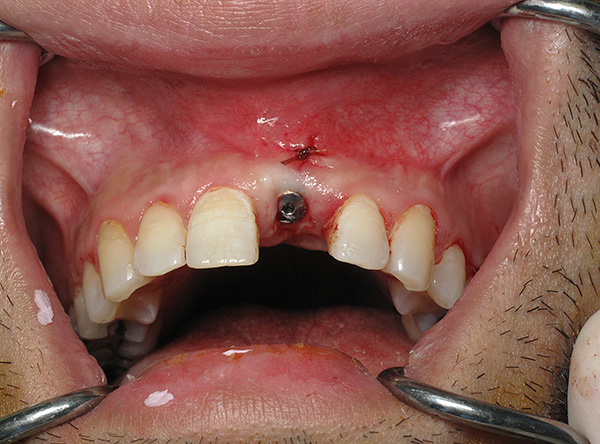
On a note
In absolute numbers: of the 176 implants installed at Chungnam National University Hospital, 6 did not survive. In one case, the implant installed on the lower jaw was mechanically damaged (as the patient managed to damage the implant - not reported). Three products were installed in patients who had previously undergone chemotherapy, one more in a patient with diabetes and a patient with chronic renal failure.
The duration of this study - 4.9 years.
According to another study conducted at the Hankook Hospital (South Korea), the author makes the following conclusion: an analysis of the clinical results of installing 41 Snucone AF + implants in 23 patients showed 100% survival of the products over 5 years.
Meanwhile, statistical data on the results of the installation of Snucone implants in the Russian Federation is practically not available.
It is worth noting that the manufacturer give a lifetime warranty on the implant. However, in fact, the clinic will give only a few years of a guarantee for work. Such a difference is explained by the fact that the manufacturer gives a guarantee for the quality and condition of the implant, and doctors - for the final result of the prosthesis, which depends on many factors (on the patient’s health, on the absence of infection at the implantation site, on the doctor’s qualifications and, not least, from patient compliance with recommendations in the postoperative period).
The approximate cost of dental prosthetics on snookon implants
For a patient, the final cost of prosthetics of a tooth on an implant Snukon consists of many components: the cost of the implant itself, the abutment (which can be individual), the crown (it can be, for example, inexpensive cermet or relatively expensive zirconia). tooth, anesthesia, X-rays and some other auxiliary manipulations.
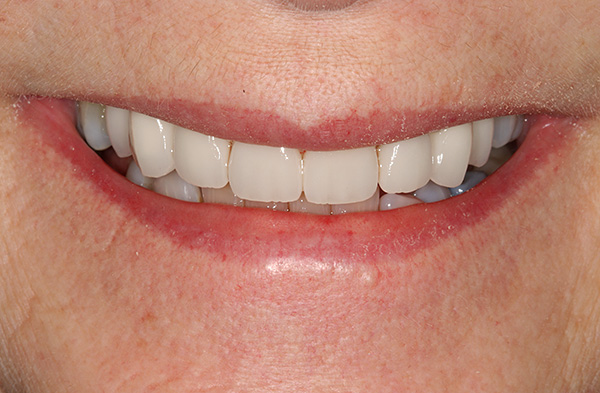
On a note
If a significant bone tissue atrophy is observed in the implantation zone, then sinus lift surgery may be required, which is also charged separately.
It is important to take into account that in case of implantation of teeth, additional work and orthopedic structures in some cases may cost more than the implant itself. For example:
- Making a crown of zirconium dioxide in Moscow, depending on the level of the clinic and its “appetites”, can cost an average of about 20,000 rubles (a metal-ceramic crown costs about 2 times cheaper);
- Making an individual abutment costs about 20-30 thousand rubles (if you want perfect aesthetics in the area of the front teeth, or just the case will be difficult);
- The operation of a closed sinus lift will cost approximately 25,000 rubles. (if you suddenly need to increase the volume of bone tissue in the region of the maxillary sinus to a thickness at which it will be possible to install a dental implant).
In the simplest case, the installation of the Snookon implant will cost approximately 15,000 rubles. (excluding the cost of the crown).
For comparison:
- the installation of the Nobel Biocare implant (USA) will cost about 50-60 thousand rubles (excluding the cost of the crown);
- implant installation Straumann Active (Switzerland) will cost 60-70 thousand rubles (also excluding the cost of the crown).
In conclusion, it is worth noting that, in terms of price and quality, Snucone implants are indeed a worthy product, and quite competitive in the Russian market. They may turn out to be a good choice for people who are not ready to overpay for premium-category eminent brands, but at the same time aspiring to get a modern, reliable and high-tech implant at an affordable price.
In any case, with prosthetic dentistry on implants, it is important not to forget that the success of the whole procedure depends not only on the choice in favor of this or that implant system. First of all, the choice of an experienced, highly professional doctor is of crucial importance; its skill largely depends on whether the implant will take root without complications. Therefore, it is advisable to start not with the choice of implants, but with the choice of a doctor.
An interesting video with an example of installing an implant Snucone AF + I
Another clinical case ...

